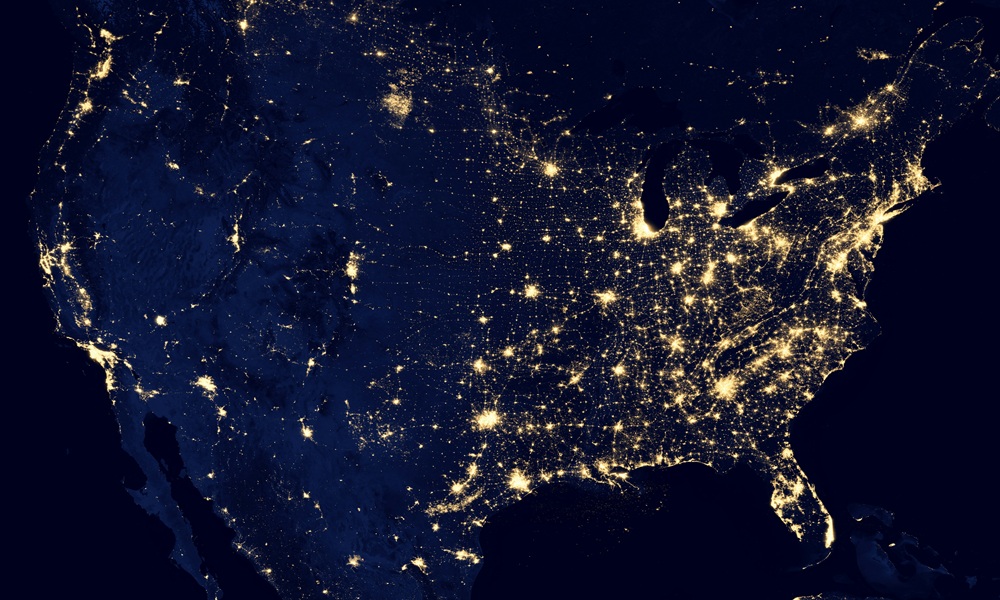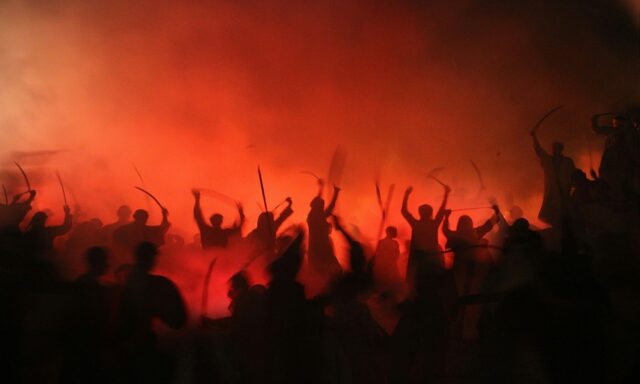World War I, often referred to as the Great War, was a global conflict that lasted from 1914 to 1918. The conflict engaged numerous major global powers and stands as one of the most lethal in history. The war was marked by significant battles, political upheaval, and profound social changes. Understanding World War I is crucial for grasping modern history, as its consequences shaped the geopolitical landscape of the 20th century and beyond.
Causes of World War I
The causes of World War I are complex and multifaceted. They include nationalism, militarism, imperialism, and a tangled web of alliances. Each factor played a role in escalating tensions that ultimately led to the outbreak of war.
Nationalism
Nationalism was a powerful force in the early 20th century. Countries sought to assert their dominance and promote their national interests. Ethnic groups within empires, such as the Austro-Hungarian Empire, desired independence and self-determination. This created friction, especially in Europe, where national pride often translated into hostility toward rival nations.

Militarism
Militarism refers to the buildup of military forces and the glorification of military power. Countries increased the size of their armies and navies, resulting in a competitive arms race. This militarization heightened tensions and created an environment where countries were prepared for conflict. The belief that military solutions were preferable to diplomatic ones became widespread.
Imperialism
Imperialism involved the competition for colonies and resources. European powers sought to expand their empires, leading to conflicts over territories. This competition increased rivalries among nations, particularly in Africa and Asia. The desire for economic gain and national prestige fueled imperial ambitions, contributing to the overall atmosphere of tension.
Alliance System
The alliance system divided Europe into two main camps. The Allies included France, Russia, and Britain, while the Central Powers consisted of Germany, Austria-Hungary, and the Ottoman Empire. These alliances meant that a conflict involving one country could quickly involve others, creating a domino effect that escalated tensions into a full-scale war.
The Spark Assassination of Archduke Franz Ferdinand
The assassination of Archduke Franz Ferdinand in June 1914 served as the direct trigger for World War I, as he was the heir to the Austro-Hungarian throne. His murder in Sarajevo by a Serbian nationalist, Gavrilo Princip, set off a chain reaction of events. Austria-Hungary’s declaration of war on Serbia led to Russia mobilizing its forces in support of Serbia. This triggered the alliance system, pulling in other nations and escalating the conflict.
Major Battles of World War I
World War I saw numerous significant battles, each with its own impact on the war’s outcome. Here are some of the most notable battles that defined the conflict.
The Battle of the Marne
The Battle of the Marne took place in September 1914 and marked a turning point in the war. The Allies halted the German advance into France, preventing the capture of Paris. This battle marked the beginning of trench warfare on the Western Front, resulting in a drawn-out stalemate that defined much of the conflict.

The Battle of Verdun
The Battle of Verdun was among the longest and most arduous confrontations of World War I. It lasted from February to December 1916 and became a symbol of French national determination. The French aimed to defend the city at all costs, resulting in massive casualties on both sides. The battle exemplified the horrors of trench warfare and the futility of attrition strategies.
The Battle of the Somme
The Battle of the Somme began in July 1916 and was one of the bloodiest battles in history. The Allies aimed to relieve pressure on Verdun and break through German lines. The first day alone saw over 57,000 British casualties, making it one of the darkest days in British military history. The battle continued for months, resulting in over a million casualties and little territorial gain.
The Battle of Gallipoli
The Gallipoli Campaign took place in 1915 and was an Allied operation aimed at securing a sea route to Russia. The campaign ended in failure, with heavy losses for the Allies. The Gallipoli Campaign is often seen as a significant setback for the Allied forces and had lasting implications for the nations involved, particularly Australia and New Zealand, whose troops fought bravely in the campaign.
The Role of Technology in War
World War I witnessed the emergence of new technologies that transformed the landscape of warfare. These innovations had a profound impact on military strategies and the experiences of soldiers on the front lines.

Machine Guns
Machine guns became a dominant force on the battlefield during World War I. They could fire hundreds of rounds per minute, making traditional infantry charges deadly. The widespread use of machine guns contributed to the high casualty rates and the stalemate of trench warfare, as soldiers found it increasingly difficult to advance against fortified positions.
Tanks
Tanks were introduced in 1916 as a response to the challenges of trench warfare. They provided mobility and protection for troops, allowing them to cross difficult terrain and break through enemy lines. The use of tanks marked a significant shift in military tactics and helped to change the dynamics of the battlefield.
Chemical Warfare
Chemical weapons were first used in World War I, introducing a new level of horror to the conflict. Gases like chlorine and mustard gas caused horrific injuries and suffering. The psychological impact of chemical warfare was profound, instilling fear among soldiers and civilians alike. The use of these weapons led to international agreements aimed at banning chemical warfare in the future.
Air Warfare
Aerial combat emerged during World War I, with airplanes being used for reconnaissance, bombing, and dogfights. This marked the beginning of modern air warfare, as nations recognized the strategic importance of controlling the skies. The development of fighter planes and bombers changed military tactics and expanded the scope of warfare.
The Home Front During World War I
The impact of World War I extended beyond the battlefield, affecting societies and economies around the world. The home front experienced significant changes as nations mobilized for war.
Economic Changes
War economies shifted to support military needs, leading to increased production of weapons and supplies. Factories adapted to produce munitions, vehicles, and other war materials. This shift resulted in increased employment opportunities, particularly for women, who filled roles traditionally held by men.
Social Changes
During the war, women assumed positions that were traditionally occupied by men. They worked in factories, farms, and offices, contributing significantly to the war effort. This shift changed societal norms and expectations, leading to greater recognition of women’s capabilities and rights. The war set the stage for subsequent movements that championed women’s suffrage and equality.
Propaganda
Governments used propaganda extensively to maintain public support for the war. Posters, films, and speeches encouraged enlistment, sacrifice, and patriotism. Propaganda shaped public perception of the war, often portraying the enemy in a negative light while glorifying the sacrifices of soldiers. This manipulation of information played a crucial role in sustaining morale on the home front.
The United States Enters World War I
The United States initially adopted a stance of neutrality during World War I. However, several factors contributed to its eventual entry into the conflict in 1917.

Unrestricted Submarine Warfare
Germany’s use of unrestricted submarine warfare angered the U.S. The sinking of the Lusitania in 1915, which resulted in the deaths of American passengers, swayed public opinion against Germany. The continued attacks on merchant ships further fueled calls for U.S. involvement in the war.
The Zimmermann Telegram
The Zimmermann Telegram was a covert message from Germany to Mexico, suggesting a military alliance aimed at opposing the United States. When the telegram was intercepted and made public, it incited outrage among the American public. The combination of unrestricted submarine warfare and the Zimmermann Telegram ultimately pushed the U.S. in April 1917 to declare war on Germany.
The End of World War I
World War I officially ended with the signing of the Armistice on November 11, 1918. The war left deep scars on the nations involved, with millions of soldiers and civilians losing their lives. The aftermath of the war reshaped the political landscape of Europe and the world.
The Treaty of Versailles
The Treaty of Versailles officially ended the war in 1919. It imposed heavy reparations on Germany and redrew national boundaries, creating new nations and altering existing ones. Many historians believe the treaty sowed the seeds for future conflicts, as it left Germany humiliated and economically weakened, contributing to the rise of extremist movements.
The Legacy of World War I
World War I had lasting effects on the world, reshaping political landscapes and social structures. The war’s consequences influenced international relations and domestic policies for decades to come.
Changes in Warfare
The war changed how wars were fought, with the introduction of new technologies and tactics influencing future conflicts. The lessons learned from World War I shaped military strategies in World War II and beyond, as nations adapted to the realities of modern warfare.
Social Changes
The war accelerated social changes, particularly for women. Their contributions during the conflict led to increased rights and suffrage movements in many countries. The role of women in society began to evolve significantly, paving the way for future advancements in gender equality.
The League of Nations
The League of Nations was established after the war in an effort to promote peace and prevent future conflicts. However, it struggled to maintain authority and effectiveness, ultimately failing to prevent the outbreak of World War II. The League’s shortcomings highlighted the challenges of international diplomacy and the need for more robust mechanisms for conflict resolution.
Conclusion
World War I was a pivotal event in history, with its causes, battles, and consequences shaping the modern world. Understanding this conflict is essential for comprehending contemporary global issues. The lessons learned from World War I continue to resonate today, reminding us of the complexities of international relations and the importance of diplomacy. The war not only altered national boundaries but also transformed societies, economies, and the very nature of warfare. As we reflect on the legacy of World War I, it is crucial to recognize the sacrifices made and the lessons learned, ensuring that history does not repeat itself. The impact of this monumental conflict serves as a reminder of the fragility of peace and the ongoing struggle for stability in a rapidly changing world.











